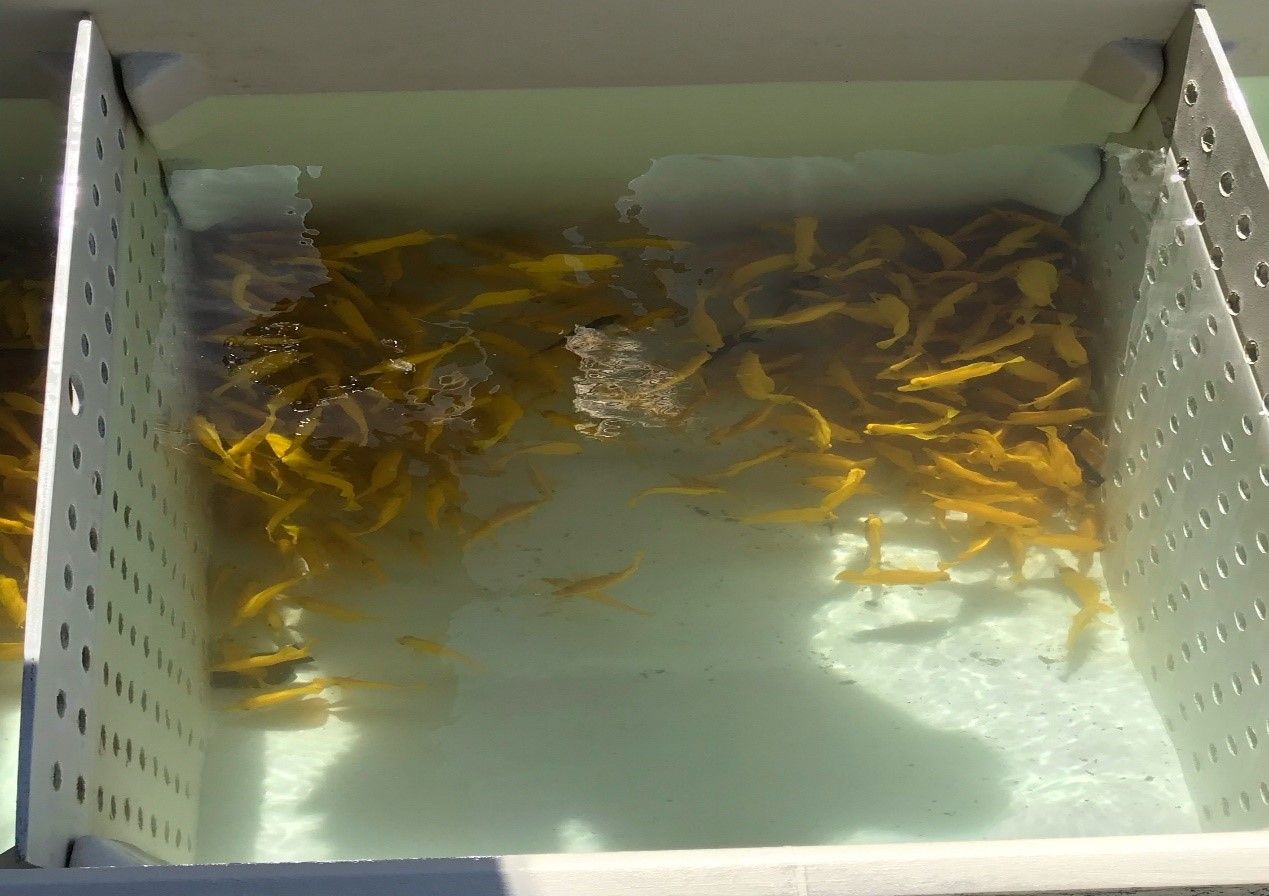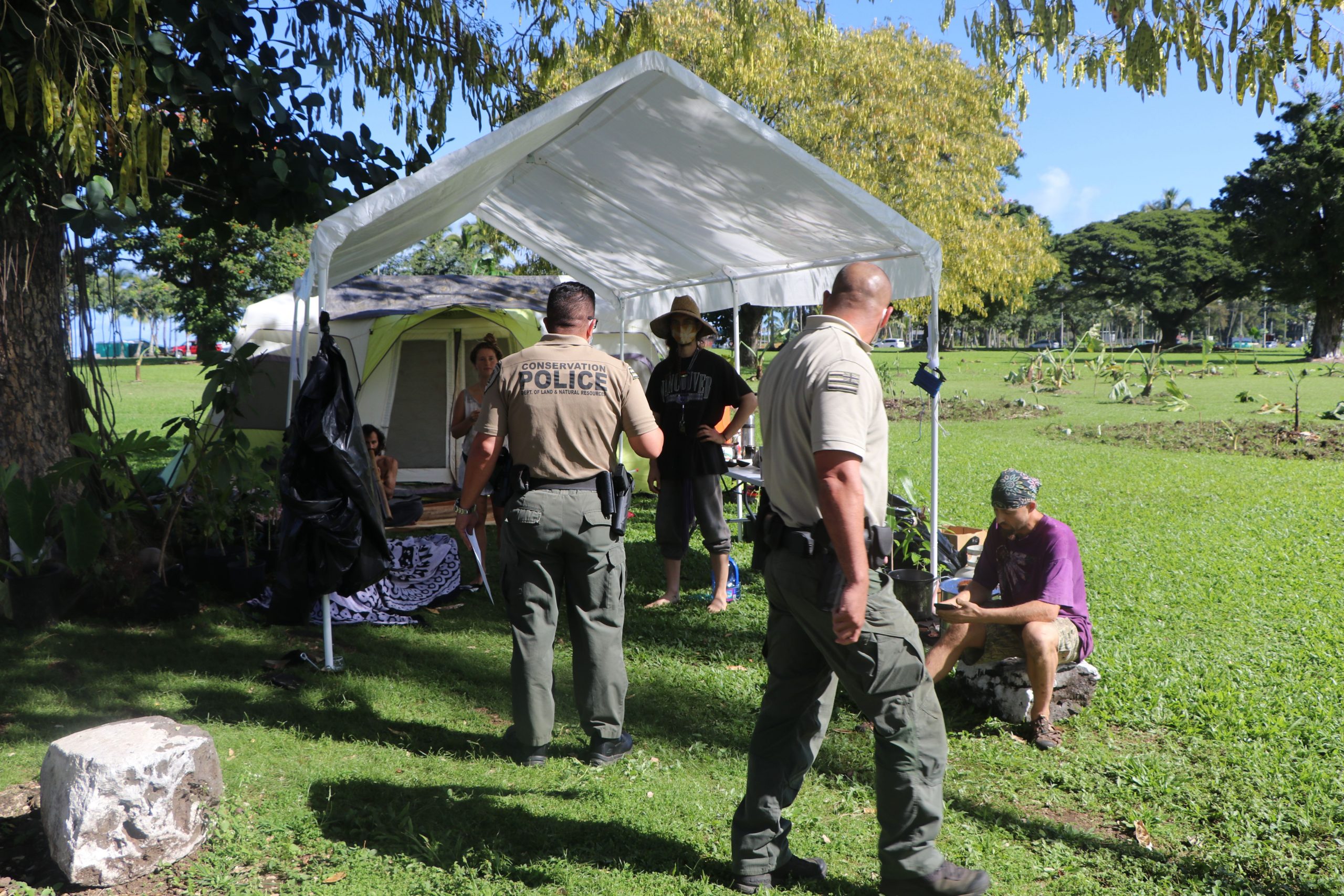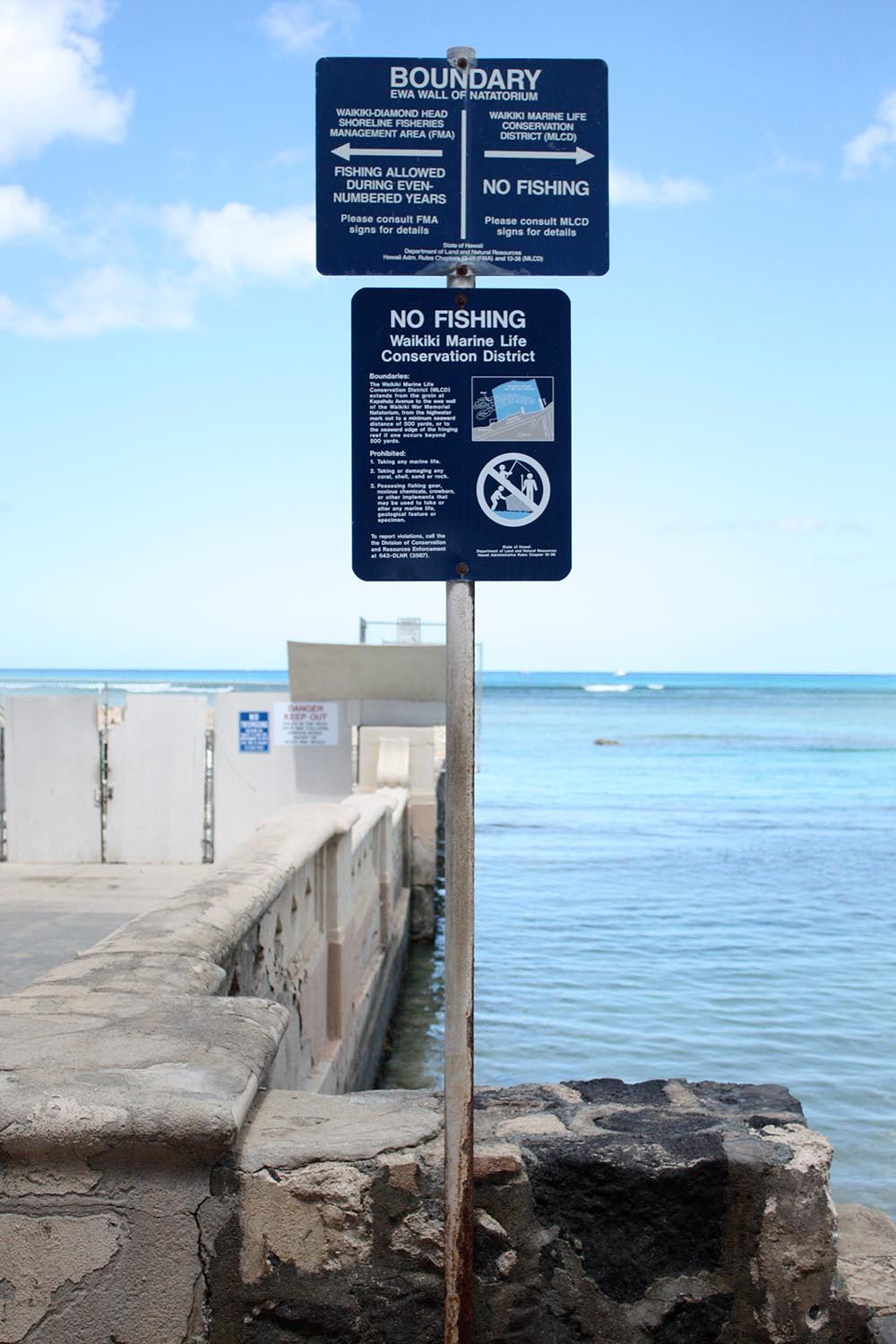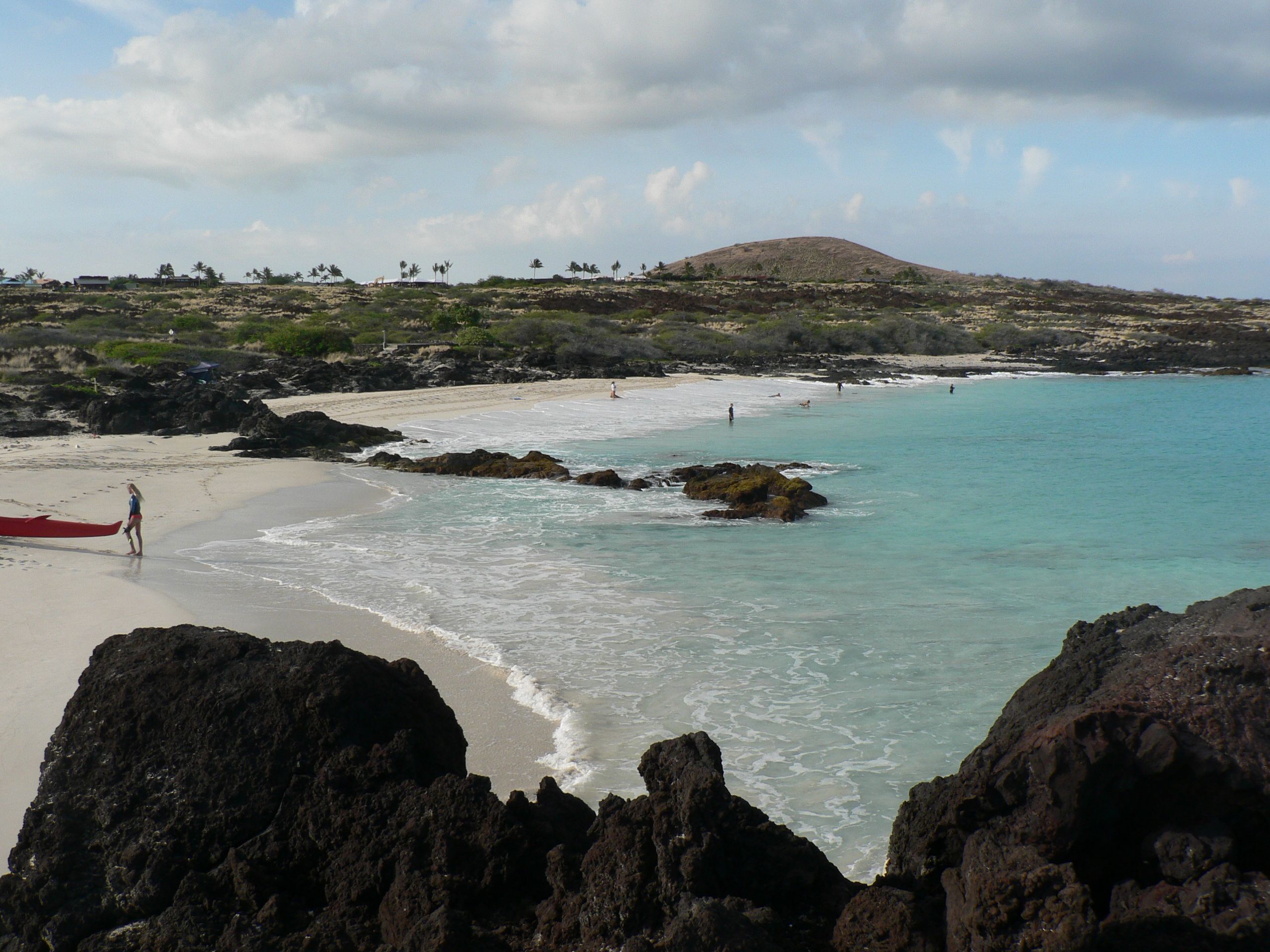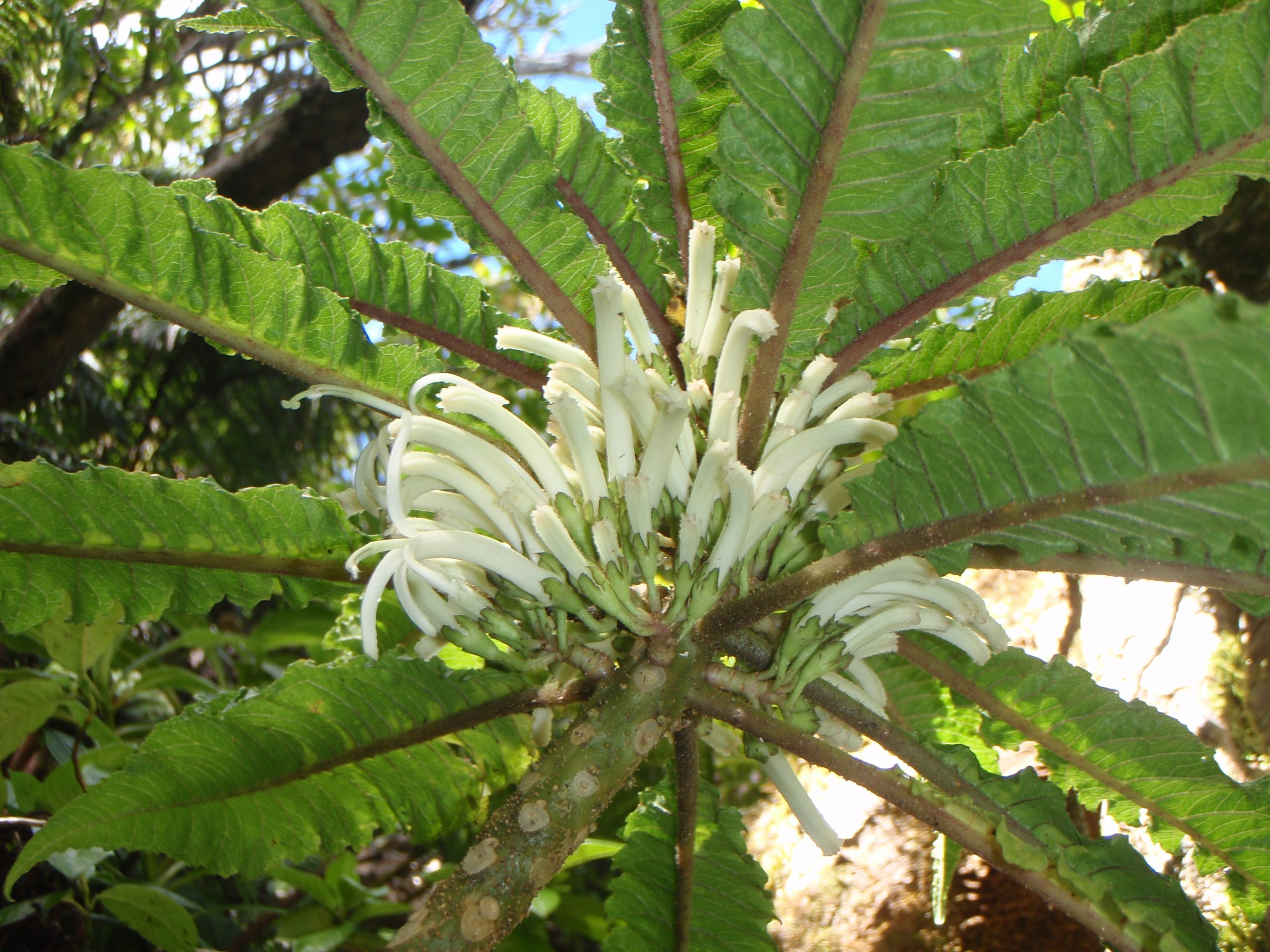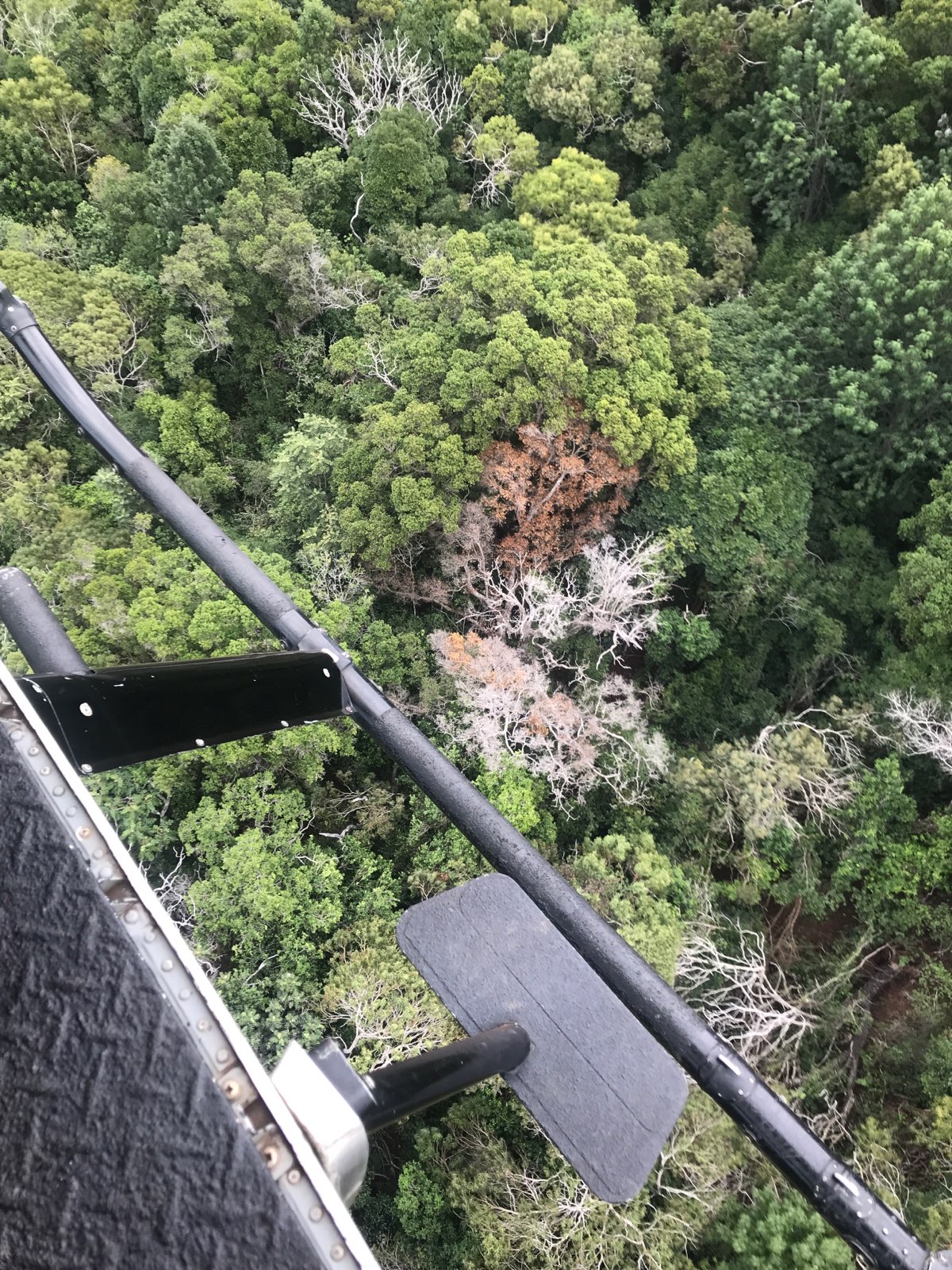(HONOLULU) – Tyron and Kacie Terazono of Kealakekua have agreed to pay a large fine for the illegal harvest of aquarium fish, offshore of Kawaihae in Hawai‘i County, in February 2020. Acting on tips, officers from the DLNR Division of Conservation and Resources Enforcement (DOCARE) conducted a commercial fishing gear and catch inspection of the couple’s boat, Masako, when it returned to the Kawaihae Small Boat Harbor on Feb. 20, 2020. The inspection found 550 live tropical fish, of ten species, in the vessel’s hold, along with aquarium fishing gear, including a small mesh net.
slider
(HONOLULU) – The illegal burning of Christmas trees at Ahu O Laka (Kāne'ohe Bay sandbar) is not only a violation of State of Hawai‘i Administrative Rules (HAR), this year, it was exacerbated by non-compliance with COVID-19 mandates. Photos on social media sites show large numbers of people standing shoulder-to-shoulder without masks, as tree-fueled fires burn in the background.
(HILO) – Early this morning officers from the DLNR Division of Conservation and Resources Enforcement (DOCARE) stood watch as a crew from the DLNR Division of State Parks removed illegally planted taro and banana trees from the Wailoa River State Recreation Area.
(Kahului) - Sunday afternoon and nighttime beach parties with drum circles, nudity, illegal alcohol and other illicit substances, coupled with hundreds of mask-less people in close contact with one another, has prompted the immediate closure of the Pu’u Ola’i beach, the smaller of two beaches located in Makena State Park on Maui.
(HILO) - A group of people who have illegally taken over a portion of Wailoa River State Recreation Area were notified this morning to cease and desist by 5pm tomorrow (Wednesday, Jan. 6). Officers from the DLNR Division of Conservation and Resources Enforcement (DOCARE) taped one order on a sign the group had put up at the park’s entrance. Another was presented to the group’s leader and another was posted in a small encampment.
(Honolulu) – DLNR has completed its independent review of the Mauna Kea Comprehensive Management Plan implementation by the University of Hawai‘i (UH). Over the past seven months, the review was conducted independently for DLNR by Kuiʻwalu Consulting, to provide DLNR and the Board of Land and Natural Resources relevant information as to whether Mauna Kea is being effectively managed.
(Honolulu) – The Waikīkī-Diamond Head Shoreline Fisheries Management Area (SFMA), O‘ahu, will be closed to fishing for one year, from Jan. 1 through Dec. 31, 2021. The SFMA encompasses the nearshore waters between the ‘Ewa wall of the Waikīkī War Memorial Natatorium and the Diamond Head Lighthouse, from the high-water mark on shore to a minimum seaward distance of 500 yards, or to the edge of the fringing reef if one occurs beyond 500 yards. The area is closed to fishing during odd-numbered years.
(Kailua-Kona) –On Thursday December 31, 2020, the DLNR State Parks Division will be closing Hāpuna Beach State Recreation Area, Kīholo State Park Reserve and Kekaha Kai State Park (Mahai’ula and Kua Bay sections) early at 5 p.m. Closing of the parks early is to discourage fireworks. All fireworks are prohibited in state parks to protect the natural resources of the area. The parks will resume their normal hours on Friday January 1, 2021.
(Lāhainā) – Hawai‘i’s rich collection of unique, native plant species has added a new member to its ranks: a new species has been described for the first time. Only one individual of the new species, named Cyanea heluensis, is currently known from a remote location in West Maui. While exploring the steep slopes of Helu above Lahaina, botanist Hank Oppenheimer and colleague Jennifer Higashino found a single large plant in the deep shade of a healthy ʻōhiʻa forest.
(LĪHU‘E) – For the first time, the more virulent of two fungal pathogens known to cause Rapid ‘Ōhi‘a Death has been confirmed in the Kōke‘e area along Miloliʻi Ridge Road within Nā Pali Kona Forest Reserve. During helicopter surveys this month, one tree was flagged as highly suspect for the infection that leads to Rapid ʻŌhiʻa Death.
